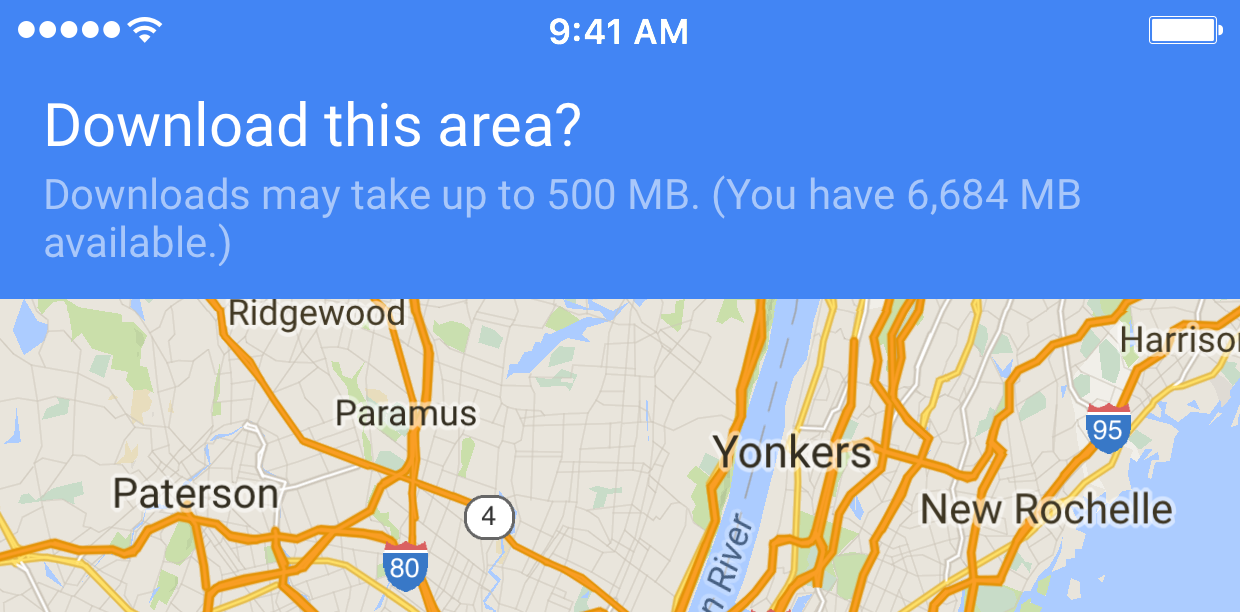
Get real-time GPS navigation, traffic, and transit info, and explore local neighborhoods by knowing where to eat, drink and go - no matter what part of the world you’re in. Over 220 countries and territories mapped and hundreds of millions of businesses and places on the map. Navigate your world faster and easier with Google Maps. Leave a review for places that you've visited to help others save time searching in other places. Know when the bus or train arrives so you never miss important dates or meetings.įind the hottest and recommended restaurants, museums, shows and activities nearby and book ahead of time. Google Maps shows ETAs, hazards and crashes in real time so you can always find the best route and save your time. Use real-time GPS navigation to guide your way and discover best local restaurants and activities nearby in seconds. Visit Hossein's blog to find out more about him and his App Inventor support materials.With Google Maps, you can find maps of over 220 countries and top-rated business industries in almost any location at a glance. Hossein Amerkashi for developing this tutorial. MIT App Inventor expresses its gratitude to M.
#Download google maps code#
If you'd like to work with this sample in App Inventor, download the source code to your computer, then open App Inventor, click Projects, choose Import project (.aia) from my computer., and select the source code you just downloaded. Download Google Maps and enjoy it on your iPhone, iPad, and iPod touch. We have dropped in a button, MyLocationButton ‘My location On the Map’ that can be clicked to view one's current location. The above blocks will open the map and the output will be like image below: Otherwise, we use blocks below to show address: When ViewOnMapButton is clicked, we validate to ensure that an address already has been selected. This displays the address in the device and allow the user to tap on ViewOnMapButton to see the blocks selected address on the Google Map - see the figure below: When the user clicks on ListPicker1 ‘Select Location’ and selects an address, this action calls the blocks below: The blocks below show how this logic is done: Once address is added, we hide our arrangement again. We also store the updated list into our database. Otherwise, we invoke a procedure that appends the new address to our list.

If validation does not pass, we display an error message. When the user clicks on SubmitButton, we perform basic validation to ensure data has been submitted. We also provide the SubmitButton to allow the user to indicate that they want to store data. Using this approach, we keep the screen simple and avoid the clutter. If user clicks on Cancel, we make the arrangement hidden again. When AddLocationButton is clicked, we make our address data entry visible (using screen arrangement), allowing user to enter address. The blocks to make these actions work are here: We use AddLocationButton to add a new address, CancelButton to cancel the process of adding, and LocationHelpButton to display what type of addresses can be entered. If no data, then we just use an empty list. In the procedure, we also check our database to find out if there are any stored addresses. Some of these settings could have been done from the design editor, but for demo purpose and clarification, we are using a procedure. The procedure sets up the initial state of some of the components. We now create a procedure that can be invoked when the app is started (initialized). listLocations – a variable that can be used to store and manipulate list of addresses.tagAddress – a variable that is a constant and will be used, as a tag, for storing and retrieving data from our database.TinyDb, ActivityStarter, LocationSensor, Notifier) that are used in the app. It also shows you the non-visible components (e.g. The figure below shows how the components are arranged in the design editor. We will be working toward the design shown in figure blow: TinyDB – saving data into a persistent database.ActivityStarter – used to start-up Google Maps for current or predefined address.LocationSensor – detecting current location for displaying on Google Maps.ListPicker – adding items to lists, saving list data.List manipulation – creating lists, appending items to lists.For basic and intermediate tutorials, click here. This tutorial assumes you have completed the basic tutorials of App Inventor. It will also show you how view your current location on the Google Map. This tutorial shows how you can develop an app that allows you to record list of addresses and view the address on the Google Maps.


 0 kommentar(er)
0 kommentar(er)
